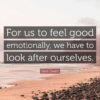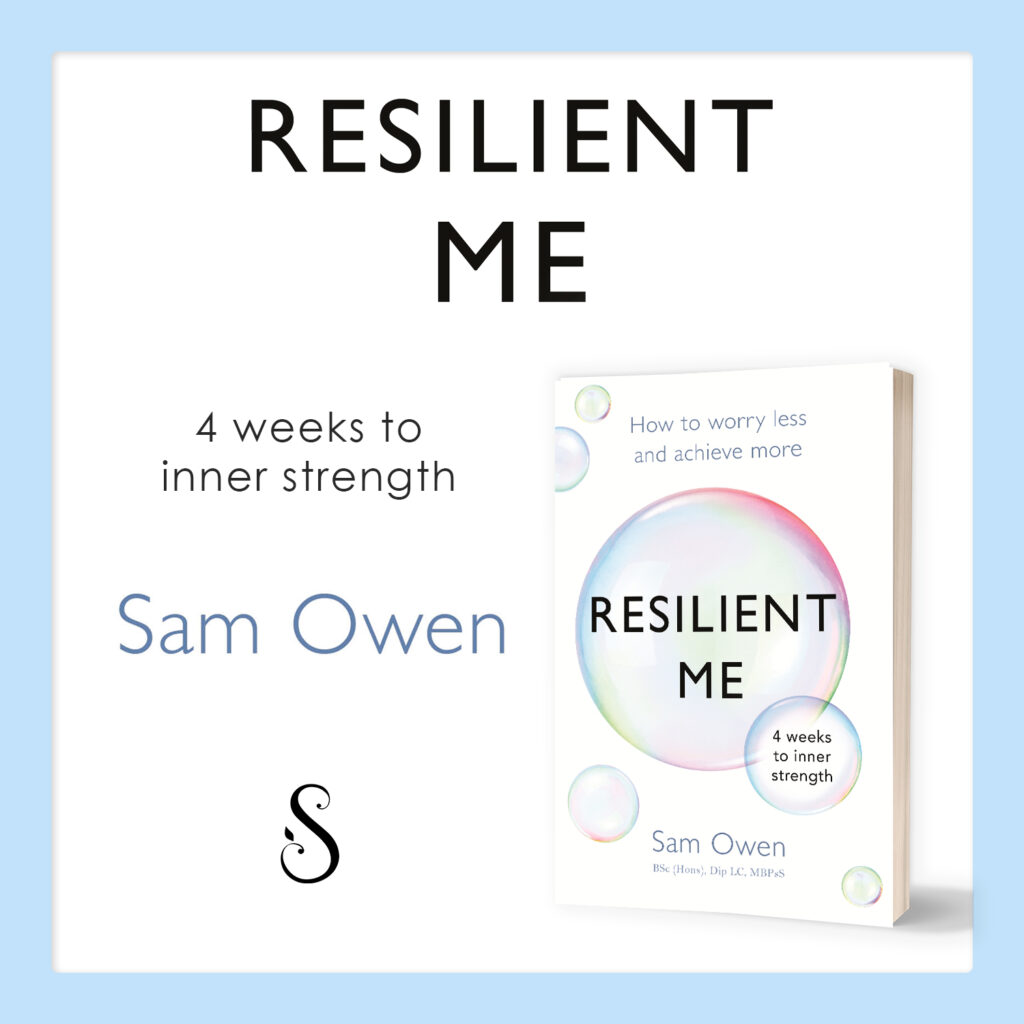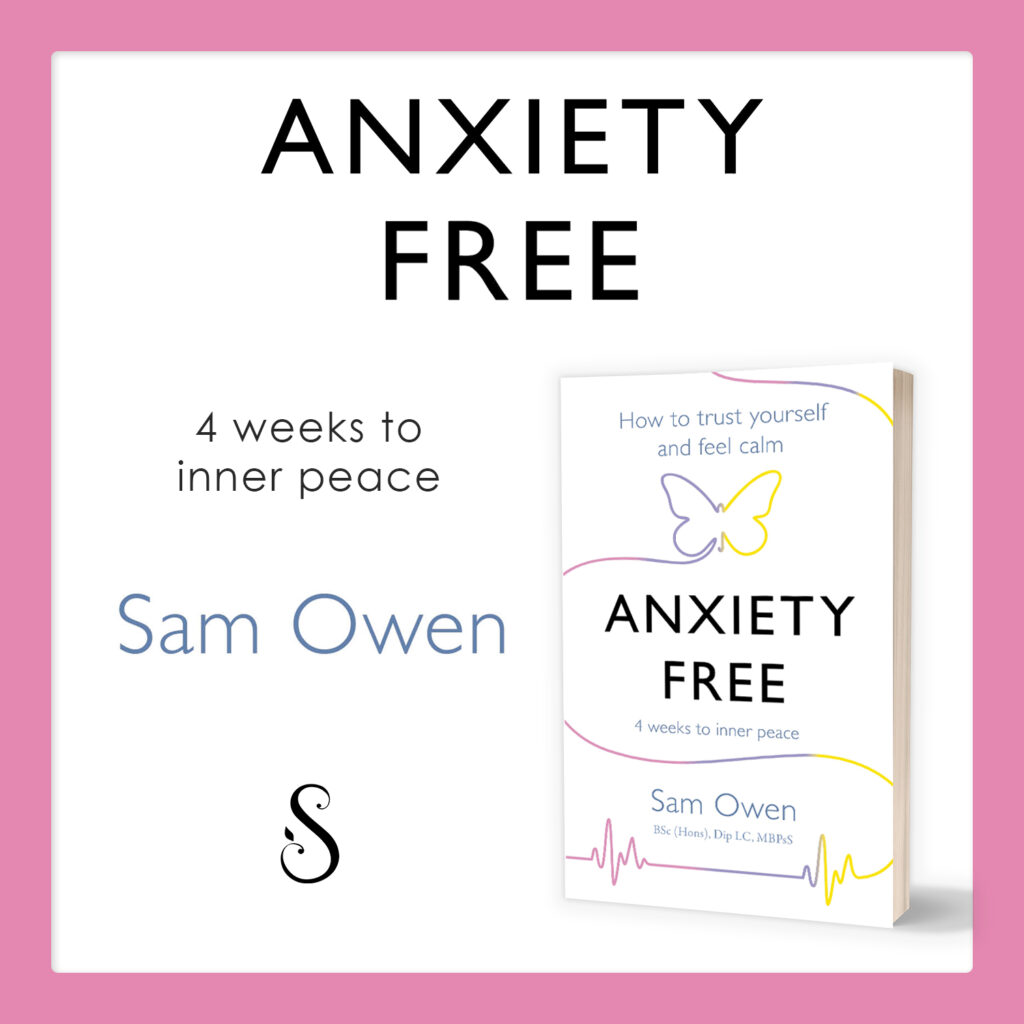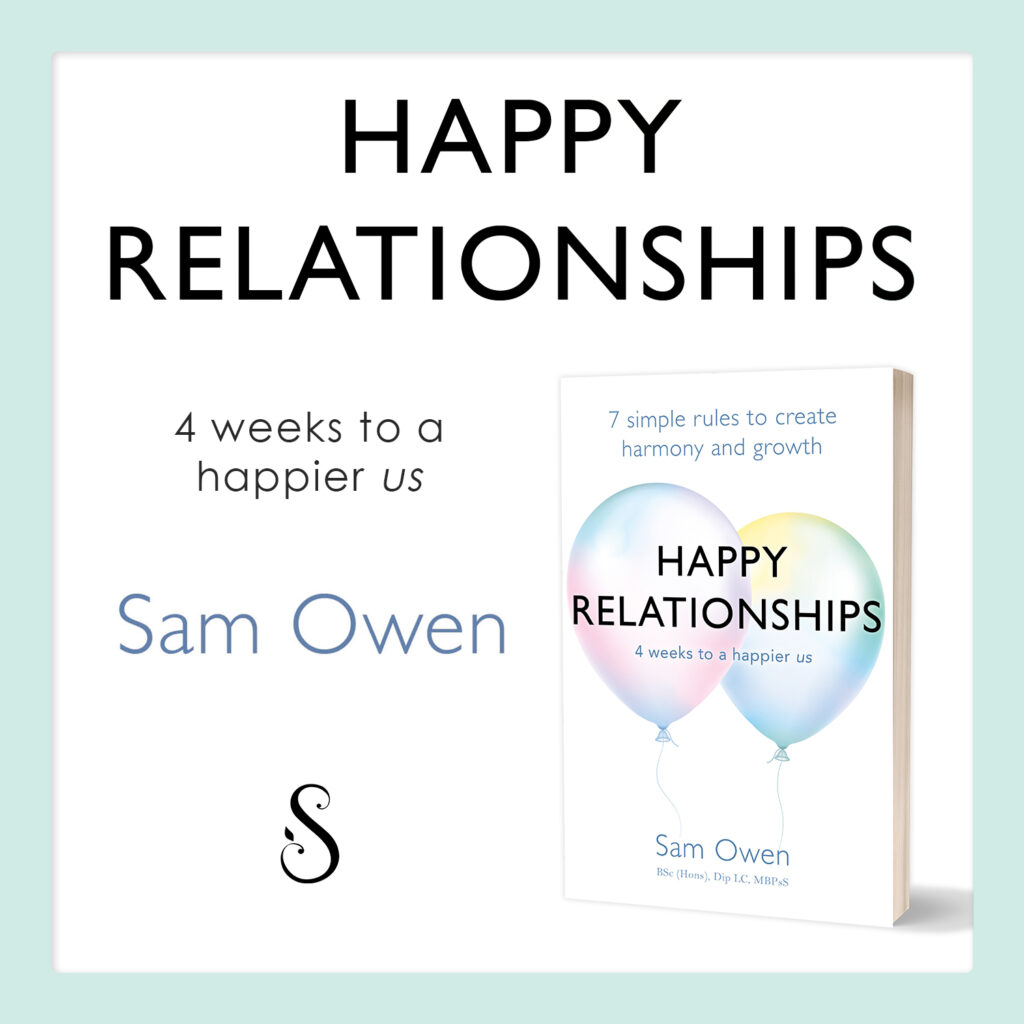
We have an innate ability to read body language, it’s how we keep ourselves safe from dangerous people and it is also how we build trust with, and bond with, fellow humans.
When it comes to eye contact, research shows that human infants as young as seven months old are able to unconsciously detect emotion and gaze cues (Jessen and Grossmann, 2014), vital signals for human communication and empathy and bonding. Even at just two days old, newborns prefer to look at faces gazing back at them (Farroni et el., 2002). Other research indicates that when we make eye contact with others, it increases our self-awareness (Conty et al., 2016).
Given eye-contact is such a powerful and important human process, we have to ask ourselves, what is all this screen time doing to our relationships and, on a larger scale, the human connection within mankind?
Losing Our Human Connection
When you see someone’s eyes, you see their humanity – as you will see in the video by Amnesty International, embedded below. Yet, we have somewhat switched off from each other’s eyes in this modern world. Instead of human eyes and the non-verbal communication we could glean and the emotions we would ourselves experience as a result of that eye-to-eye contact, we are focusing on screens with lights and text and images.
How often do we forget to look eye-to-eye at our partner, or child, or parent, or sibling, as they are talking to us? How often do we walk down the street, quickly checking our social media, checking our emails, writing notes in our phone’s notepad, choosing the next song to listen to? How much less do we say, ‘Morning!’, to a passer-by as we walk down the street because we have shut ourselves off from the very possibility, with our phones and earphones?
We’re basically telling people they’re not important, or worse, that they’re not even noticed. We are disrupting our ability to have empathy, compassion, and connection and it’s to our own detriment.
When we don’t take the time out to connect with others, eye-to-eye, heart-to-heart, we are losing touch with humanity, compassion, love, trust and bonding opportunities.
Stop worrying about what you might be missing out on online, and start thinking about what you might miss offline, in your home, in your place of work, in your local shop, in your significant relationships. That’s what’s real, and more important than missing out on a funny thread of memes and jokes on social media, you might be missing out on the opportunity to bond with your kids, save your marriage, help a neighbour, or emotionally support your (aging) parents.
Regaining Our Human Connection
The more we avoid eye-contact with loved ones and strangers alike, the more we de-humanise each other, the more cold-hearted society becomes, the more relationships break up, and the more prevalent mental health issues will become. Let’s start connecting eye-to-eye more again.
Show loved ones you are present and want to truly connect with them; show strangers that they are noticed and their presence appreciated with a simple ‘Morning!’ as you pass them by.
Place your phone in your pocket or in another room and leave it there for a while. You’ll be just fine without it; if not happier and calmer.
Life is happening right here, right now, appreciate it, appreciate each other, we have to, we’re in this together. We are one, we rise together and we fall together, there is no them and us, it’s we. Seriously. We are one. We are connected. What we do has a ripple effect; we’re not ‘just one person’, we are powerful individuals, every one of us.
What we each do makes a difference. Make sure the difference you make is positive for you, positive for your significant relationships, and positive for your fellow men and women.
Watch this wonderful video by Amnesty International to see the power of eye contact and how it is a core part of what keeps us moving in a positive direction, both as two people, and as mankind.
References:
Conty, L., George, N., & Hietanen, J. K. (2016). Watching Eyes effects: When others meet the self. Consciousness and Cognition, 45: 184–197.
Farroni, T., Csibra, G., Simion, F., & Johnson, M. H. (2002). Eye contact detection in humans from birth. PNAS, 99 (14); 9602–9605.
Jessen, S., & Grossmann, T. (2014). Unconscious discrimination of social cues from eye whites in infants. PNAS, 111 (45); 16208-16213.
Self-Help Courses Relationship Coaching Dating Coaching Anxiety Coaching Confidence Coaching

























